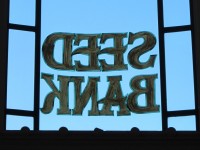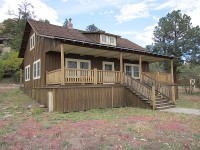Navigation
Current weather
Santa Fe, NM

- Clear sky
- Temperature: 39.2 °F
- Wind: North-Northeast, 9.2 mph
- Pressure: 30.45 inHg
- Rel. Humidity: 56 %
- Visibility: 10 mi
Tue, 2024/04/16 - 5:53am
User login
More Eco News
- U.N. talks for a global treaty to reduce plastic waste are floundering
- 130 million Americans routinely breathe unhealthy air, report finds
- Beavers can help with climate change. So how do we get along?
- Talks for a plastic pollution treaty are stalling. Could the U.S. be doing more?
- How hot is too hot? New weather forecasting tool can help figure that out
- Massive thick seaweed patches are again drifting toward South Florida beaches










